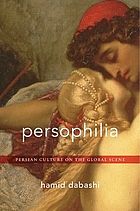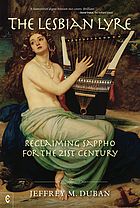Complete graphs in the Rubáiyát. D.P. May.
Journal of mathematics and the arts, 8 (2014), nrs. 1-2, p. 59-67.
The Rubáiyát of Omar Khayyám has fascinated readers for centuries, and it has been translated and interpreted many times. In this paper, we will describe a few basic graph theory concepts, and discuss how graph theory can be used to explore the connections between the various quatrains contained in Edward FitzGerald’s several translations of the Rubáiyát. We will explain the process of searching for certain complete subgraphs of the full graph of the Rubáiyát, and will briefly discuss how these ideas may be relevant in other areas. These applications include analysing other collections of poetry, teaching certain types of incidence geometry and poetic forms for composing short collections of poetry.

